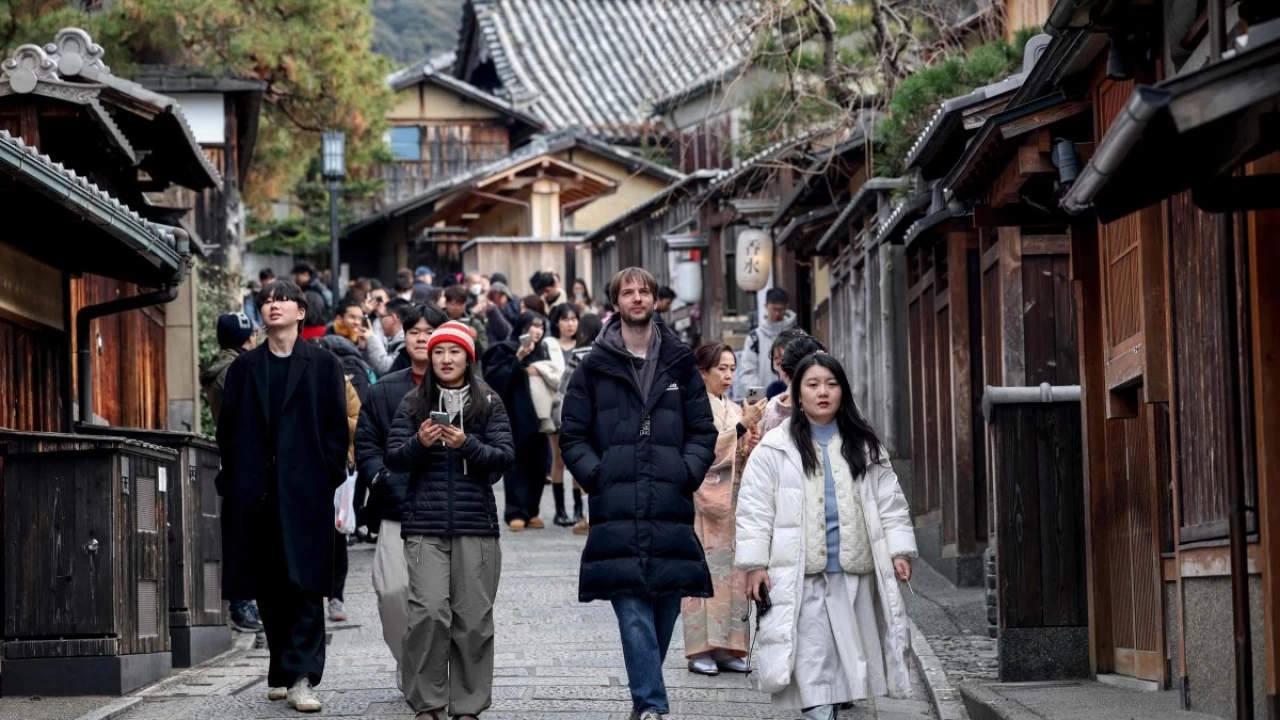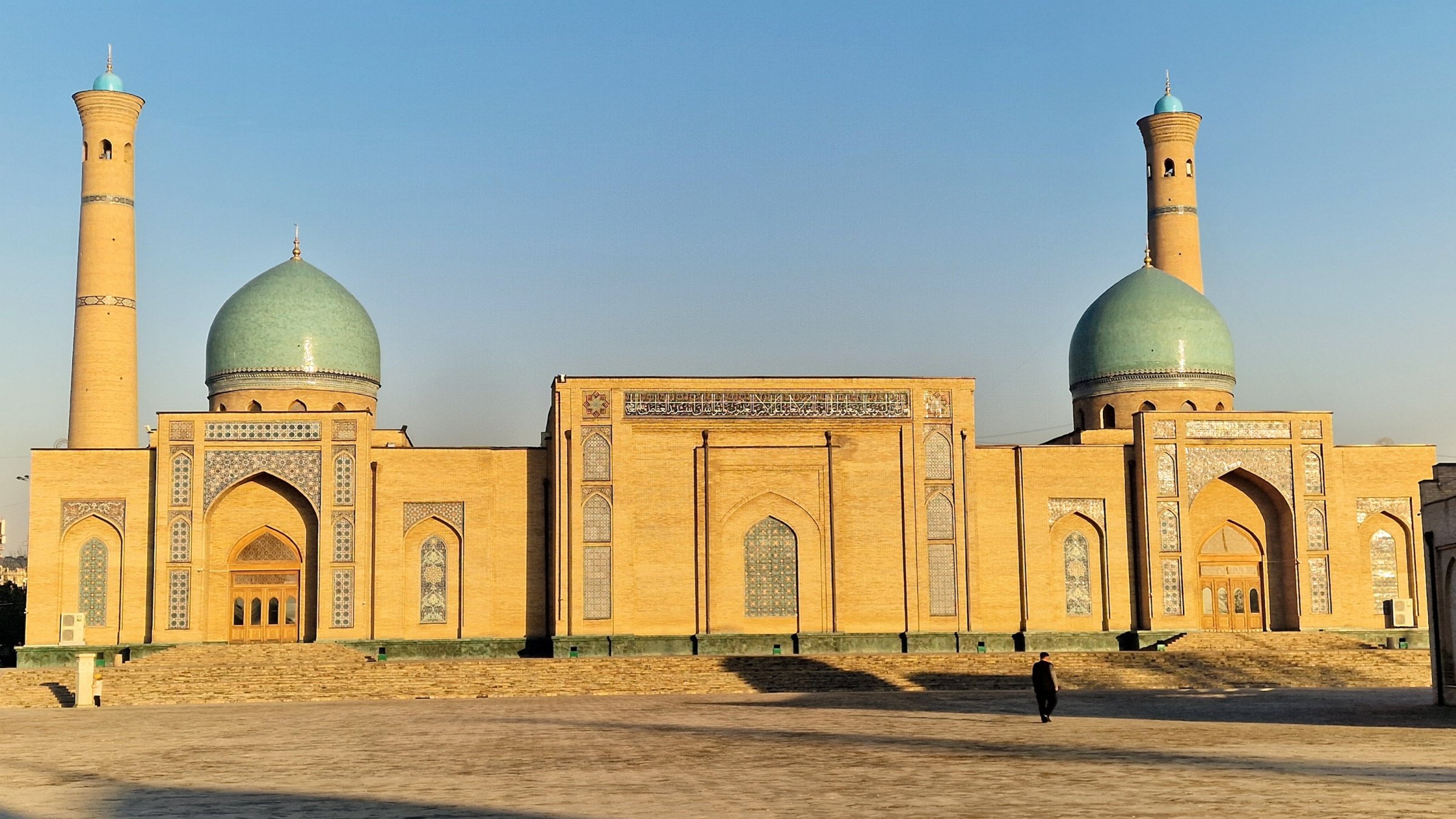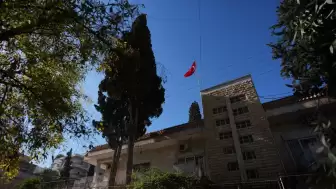Kyoto to Increase Accommodation Taxes to Manage Overtourism
Kyoto authorities have revealed their plans to raise accommodation taxes in response to the surge in tourism and concerns raised by locals about overcrowding.
Record Number of Tourists Expected in 2024
Japan has experienced a significant increase in foreign tourist numbers, with more than 35 million arrivals expected in 2024, driven by the country's attractions and a favorable exchange rate.
Challenges Posed by Mass Tourism
Similar to other popular destinations like Venice and Maya Bay, Kyoto is grappling with the negative impacts of mass tourism, especially in areas rich in tradition.
New Tax Rates Based on Accommodation Costs
Under the new plans, visitors staying in rooms priced between 20,000 and 50,000 yen per night will see their tax doubled to 1,000 yen per person per night, while those in accommodations costing over 100,000 yen will face a tenfold increase to 10,000 yen.
Focus on Sustainable Tourism
The proposed tax hike aims to promote 'sustainable tourism' and enhance satisfaction levels for residents, tourists, and businesses in Kyoto.
Challenges in Gion District
The Gion district, known for its geisha performances, has been a focal point of tensions, with reports of tourists behaving disrespectfully towards the local culture and traditions.
Mixed Reactions to the New Taxes
While some residents welcome the new taxes as a means to address the strain on infrastructure caused by tourism, others express concerns about striking the right balance between welcoming visitors and preserving the city's heritage.
Japan's Tourism Growth and Regulatory Measures
Japan has witnessed a significant rise in tourism over the past decade, prompting authorities to implement measures such as entry fees and daily visitor limits to manage the influx of tourists.
Efforts to Preserve Cultural Sites
In response to the growing challenges of overtourism, initiatives such as limiting access to certain areas and imposing restrictions on late-night arrivals are being introduced to protect cultural sites and ensure a sustainable tourism model.
















